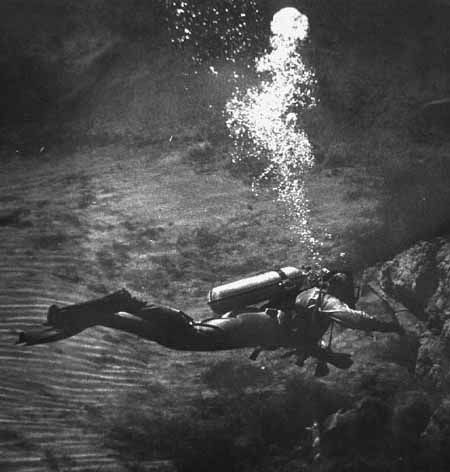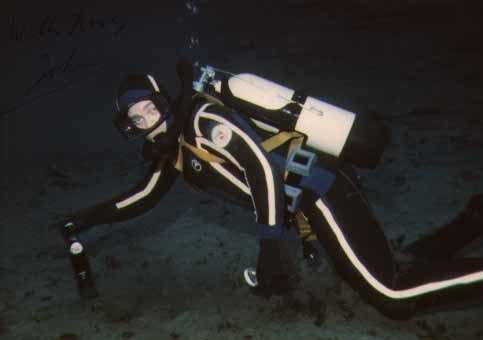Reg Braithwaite
Contributor
Reading a rather active thread elsewhere, and the subject of diving without a BC came up repeatedly. Given the loss of wet suit buoyancy when descending to any non-trivial depth, how does the vintage diver compensate? Is it a question of weighting so that the diver is neutral at depth and then compensating during deco?





